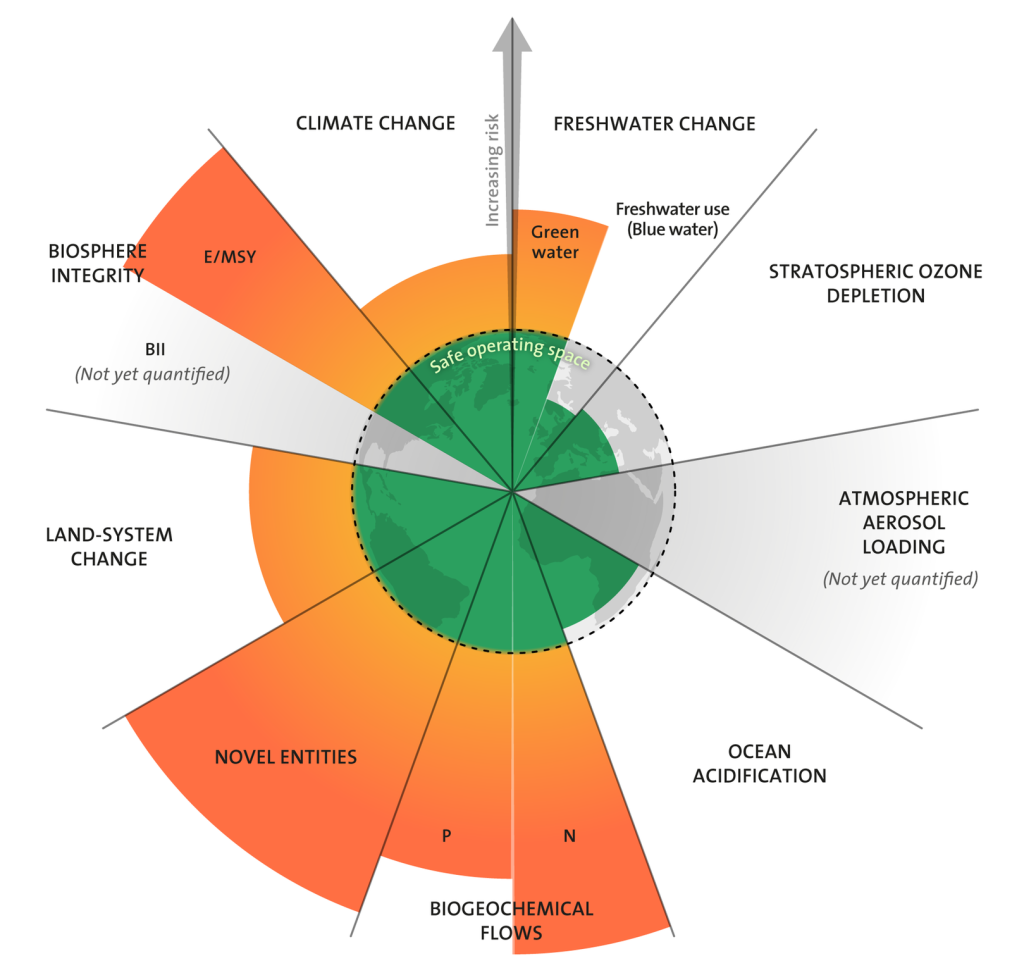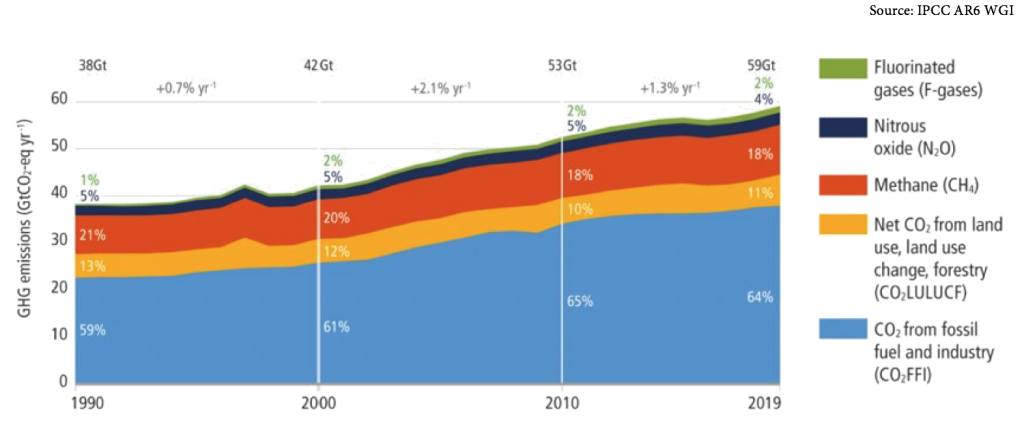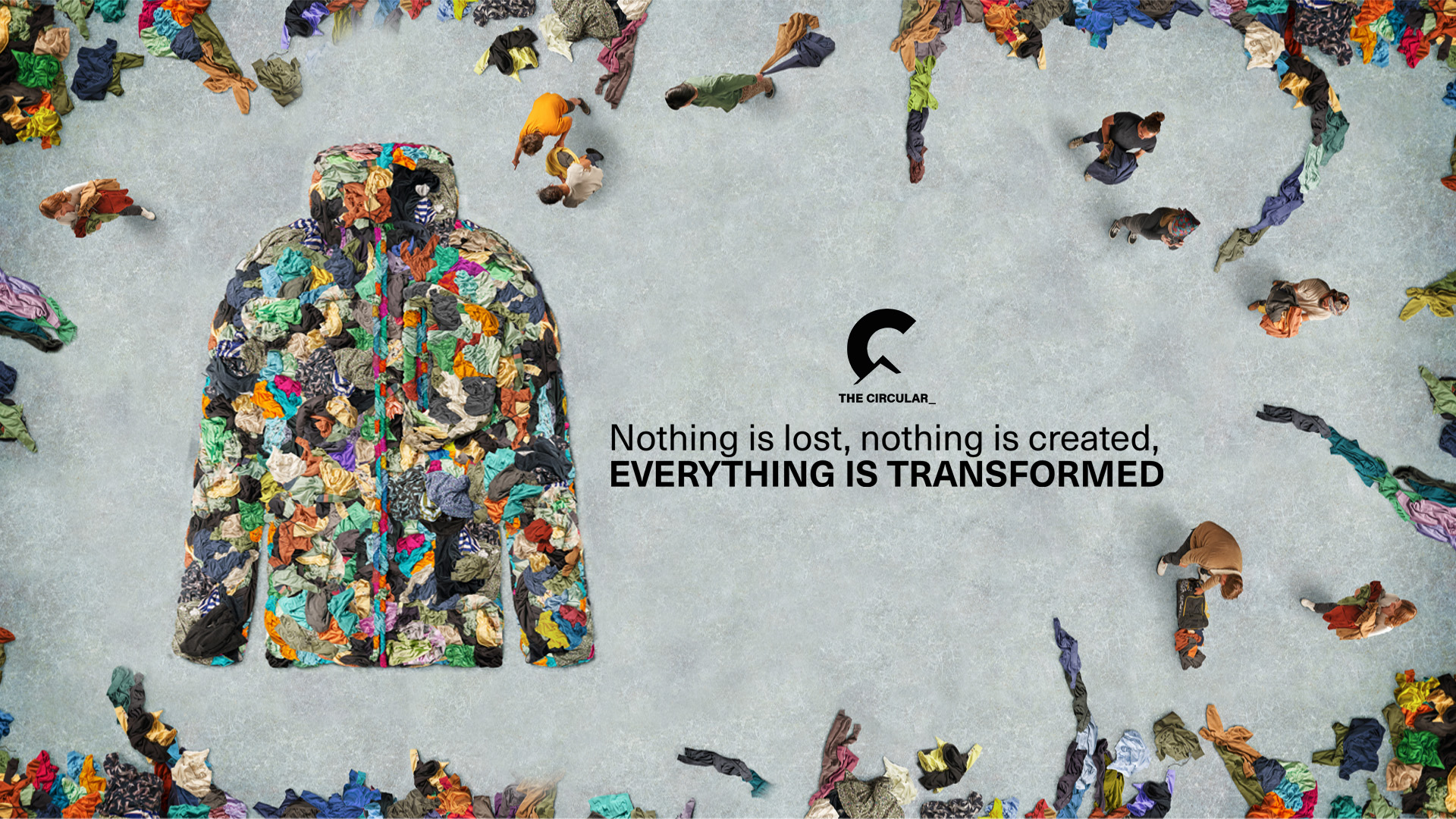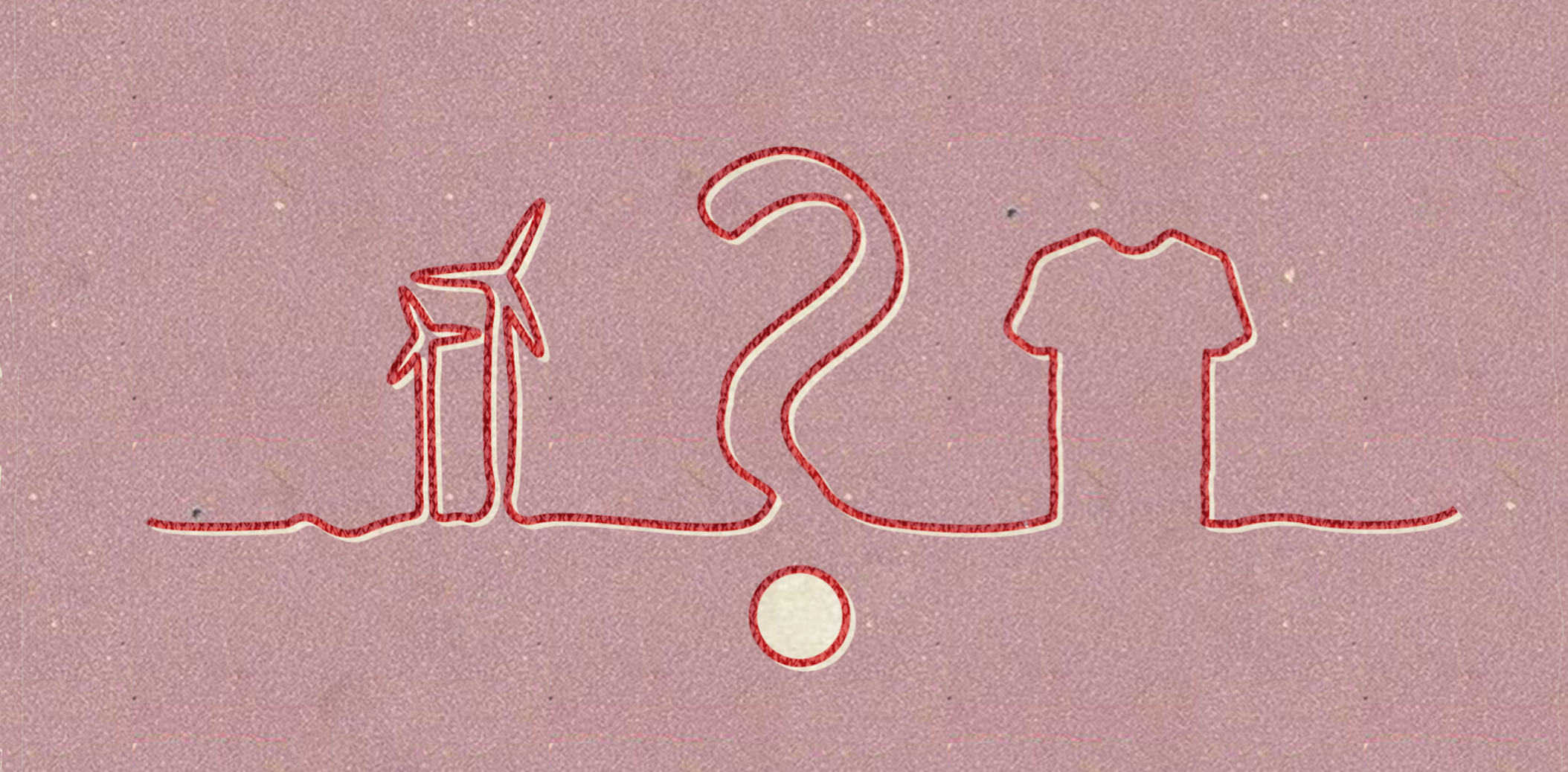Products Technology, Sustainability
Unchanged since 2017: we are (still) PFC-free.
Article published on May 21, 2023

Last time we spoke about PFCs was the 2017/18 season, a lot has changed for Picture. Except for one thing: we are still PFC-free. But here’s a small update, nonetheless.
PFCs (perfluorochemicals, also known as PFOA, PFOS) are chemical substances that have historically been used in the outdoor industry. Their purpose: to create water repellency. Overall, they do a good job of protecting. For many years, the C8 treatment (long chain form of PFCs) was favored by brands for its durability and effectiveness.
2011, things started to change.
The NGO Greenpeace launched the “Detox” campaign to challenge brands on this issue. The Greenpeace studies demonstrated the harmful sides of C8 on the environment.
Since that moment, more research has gone into PFCs. To classify the many damages caused by PFCs, we will use the planetary boundaries. Modeled by scientists from the Stockholm Resilience Centre, they represent a safe space in which the planet’s habitable conditions are maintained. Conversely, transgressing these limits (in orange) makes Earth…less habitable. This is unfortunately already the case with 6 boundaries that have been crossed:
- The erosion of biodiversity
- Climate change
- Chemical pollution (new entities)
- Land use change
- Disruption of the freshwater cycle
- Disruption of the cycles biogeochemicals.

1/ Chemical pollution and the release of novel entities.
These have potentially irreversible effects on living organisms (biodiversity) and on the physical environments. PFCs are a chemical, a dangerous one that degrades very, very slowly – so slowly that it can just barely be called degradable. Hence, why they are called forever chemicals. Once they make their way into various ecosystems, there are consequences. New research has found that “Wild caught, freshwater fish in the United States are far more contaminated with toxic PFAS “forever chemicals” than those commercially caught in oceans, and the highest levels are found in fish from the Great Lakes”. This all points to the fact that chemical pollution is one of 5 big causes of biodiversity loss.
And it’s not simply wildlife affected; a study found these chemicals in rainwater. Rainwater that can also be drinking water now has forever chemicals; making drinking water unsafe, everywhere in the world.

While maybe we don’t feel great calling ourselves “wildlife” or “biodiversity”, there is an effect on human life, another important boundary. PFCs can cause health problems to humans. They have been linked to cancer, high cholesterol, liver disease, kidney disease, fetus complications and other serious health problems.
2/ Climate change
In the planetary boundaries, it refers to the cumulative amount of CO2 and other greenhouse gases in the atmosphere. CO2 is the biggest contribution to global heating; yes, it’s true!
There are other gases that contribute: methane, nitrous oxide, hydrochlorofluorocarbons/ hydrofluorocarbons – and in this last category, we have forever chemicals. Therefore, the usage and release of PFCs (falling under F-gases in green in the chart below) adds to the greenhouse gas effect and to global heating.

The volume of emissions is different from one gas to another. Just like their warming potential and their lifespan in the atmosphere. And since they are forever chemicals, PFC stay in the atmosphere… forever. 50,000 years to be precise. The same can’t be said for those other GHG. Methane has one of the shortest lifespans with only 12 years.
In short, this is another excellent reason to avoid the use of PFCs, whether in textiles or for other uses (air conditioners, cooking stoves, etc.)

All of the above reasons (and our article is not intended to be exhaustive) has always confirmed our choice to be PFC Free since 2017.
The first step was in 2013 when we quickly opted for C6 (short chain PFC). Yet we knew that this solution was temporary. While it eliminated much of the problem (PFOA/PFOS), it was not completely PFC Free.
After numerous tests, we came up with a solution: the Teflon EcoElite™ developed by Chemours. The challenge was to come up with a water-repellent treatment that was PFC-free, yet effective and durable. This was especially a challenge because if a more sustainable product is a more durable product, and our alternative water repellency lead to a less durable product and lead to quicker waste, then where is the mindfulness? Where is the consistency?
Up to 3 times more durable than current PFC Free treatments, Teflon EcoElite™ is made of Bluesign® certified bio-sourced materials. The treatment can be reactivated with external solutions such as NST or Nikwax.
What are the moves of the industry and government?
Years later, we are witnessing change throughout the industry. Players like Patagonia just reached 66% of their materials are PFC-free in Spring 2023 with the goal of being PFC-free by 2024. Meanwhile, 95% of Haglöfs’ range is either using PFC-free DWR or no DWR at all. Large retailers have a role to play in this game and some like REI are taking serious responsibility. They are pushing brands, brands that want to be sold at REI, to be PFC-free.
Change isn’t limited to apparel brands and retailers, governments are taking a role and enacting certain legislation. Norway has taxed many products that use either HFC or PFCs that are either imported into or made in Norway. And this has been taken to a higher level, certain EU countries have submitted a proposal back in January 2023 to further restrict PFAs. This proposal was sent to ECHA (European Chemical Agency) to be part of the EU’s Chemicals Strategy and the Zero Pollution action plan. Why? They want to “make products and processes safer for people”.
While California has introduced and enforced California AB 1817 Safer Clothing and Textiles Act, which bans per and poly-fluoroalkyl substances (PFAS) in textiles. It will entail a partial ban from January 1, 2025 and then a stricter ban starting in 2027. The implications of this reach beyond California; manufacturers, sellers, and importers all need to follow. A.k.a. the world needs to follow because the products may not be made in California but final sale in California count. Wide-reaching implications.
This combination of changes made by major outdoor brands and implementation by governmental policy is what we like to see. It reinforces the positive moves of some while enforcing action by all.
Let’s eliminate where we can!
Find all our maintenance advice here
Further (damning) evidences:




